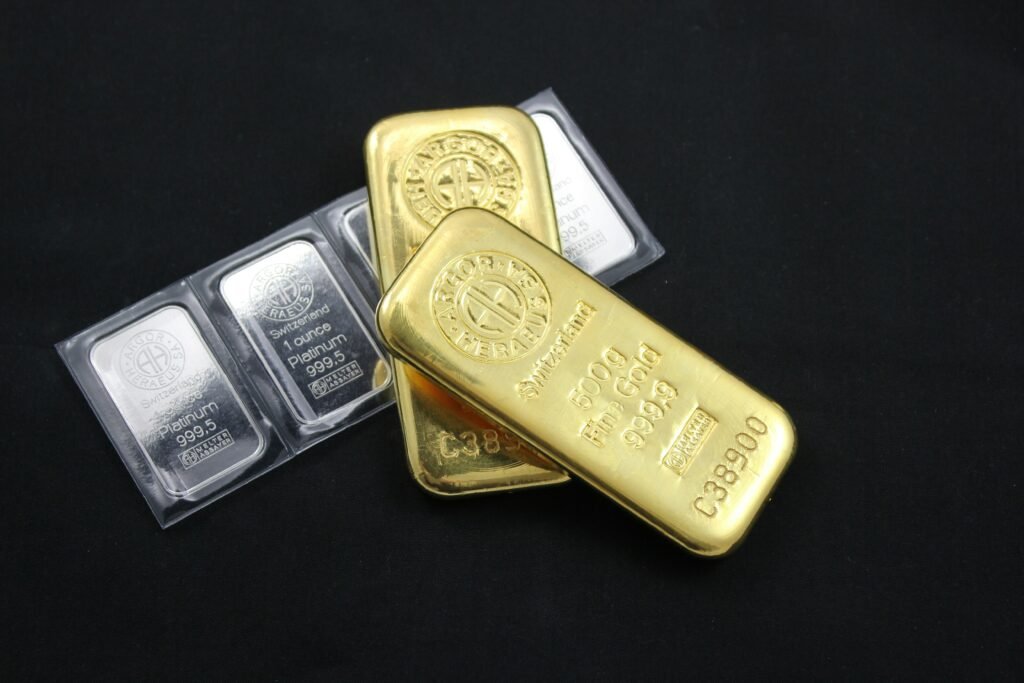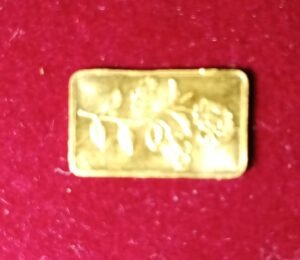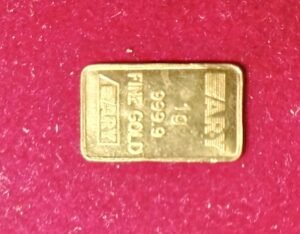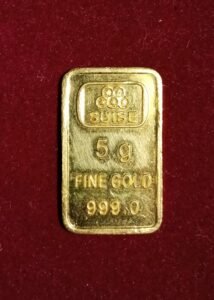Introduction to Gold and Silver Investments
For new investors exploring precious metals, the debate often centers on gold vs silver. Both metals have served as stores of value for centuries, but their characteristics, market dynamics, and investment potentials differ significantly. Understanding these differences is crucial for making informed investment decisions.
Market Characteristics of Gold and Silver
Gold is typically viewed as a safe-haven asset. It tends to retain its value better during economic downturns and is often preferred for long-term investment strategies. In contrast, silver is more volatile, influenced heavily by industrial demand alongside its status as a precious metal. This volatility can present opportunities for higher returns, but it also carries increased risk, which new investors need to consider carefully.
Price Movement and Investment Strategies
The price movement of gold vs silver is another critical aspect for investors. Gold generally commands a higher price due to its rarity and demand in jewelry and investment markets. Silver, being more abundant, is cheaper per ounce, making it an attractive option for investors with limited budgets. Depending on your investment goals, strategies may vary from purchasing physical bullion, coins, or exchange-traded funds (ETFs).
In conclusion, whether you’re leaning toward gold or silver, each metal offers unique benefits and drawbacks. As a new investor, it’s essential to evaluate your financial goals and risk tolerance before diving into the precious metals market.





